Sightseeing
06
sightseeing
Registered as UNESCO World Heritage Sites in 2018, the Nagasaki and Amakusa regions are home to a wealth of Hidden Christian Sites. Nestled among the bounty of nature, they are a testament to the prayers and faith that have kept them standing throughout these ages.
Fukue Island
Our hotel is located on Fukue Island, the largest of the islands in the Goto Archipelago. Fukue Island is not only the center of tourism and most populated of the islands, it is also home to a rich and detailed history, breathtaking vistas, a vibrant culture, and the pulse of nature itself. Here stand many churches that have survived periods of Christian repression, nestled in the natural beauty of the island.
history & culture

Dozaki Catholic Church
Established in 1880, the Dozaki Catholic Church was the first church to be built prior to the abolition of prohibition on the islands, and it stands today as a symbol of revival, and as a pillar of Goto Catholicism.

Imochiura Church and Lourdes
The first Lourdes grotto to ever be built in Japan, built with stones collected by the local congregation and Father Pelu, this brick cathedral was also the first on the Goto Islands to be built in the Roman style.
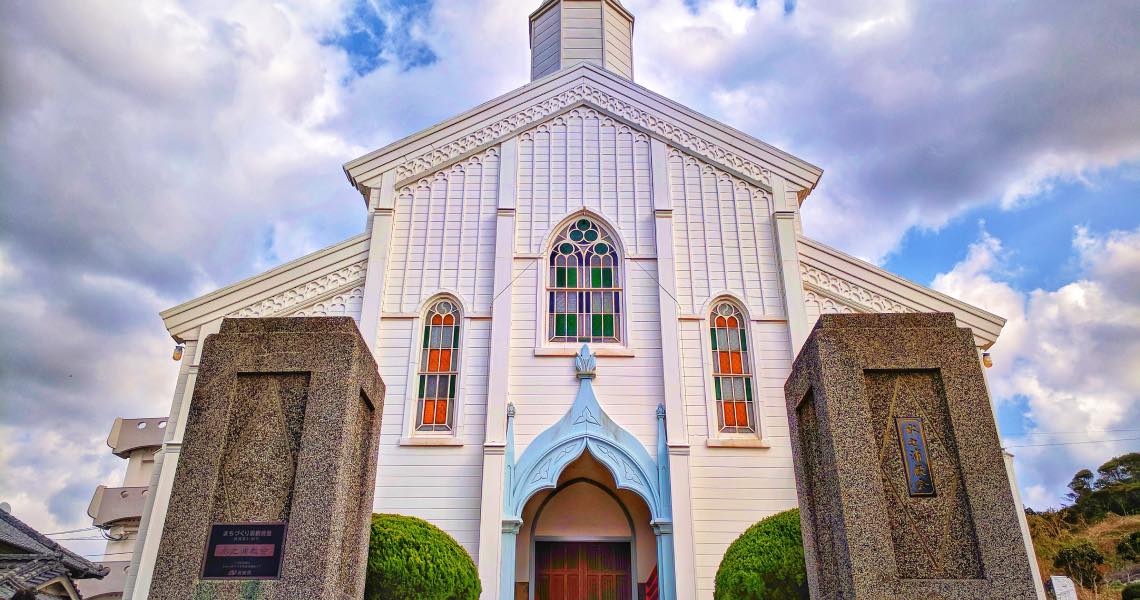
Mizunoura Church
Overlooking the inlet of Mizunoura stands the largest wooden church on the islands, the Mizunoura Church. It is a beautiful building, a combination of Romanesque, Gothic, and Japanese architecture, in brilliant white.
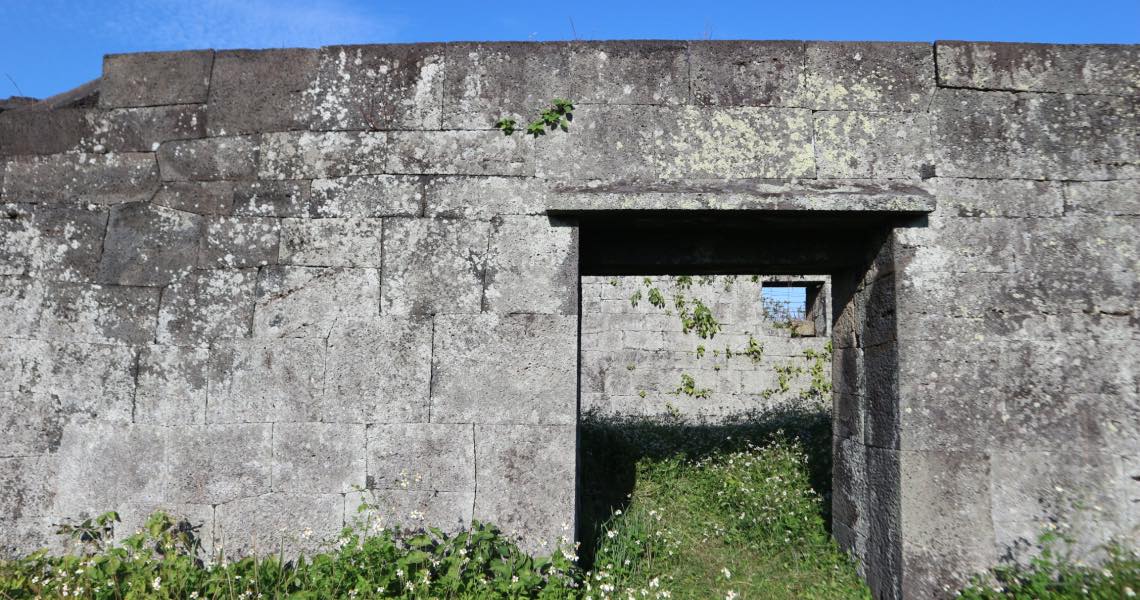
Tomie Stone Warehouse
A stone warehouse built over 350 years ago, now powerful stones surrounded by nature.
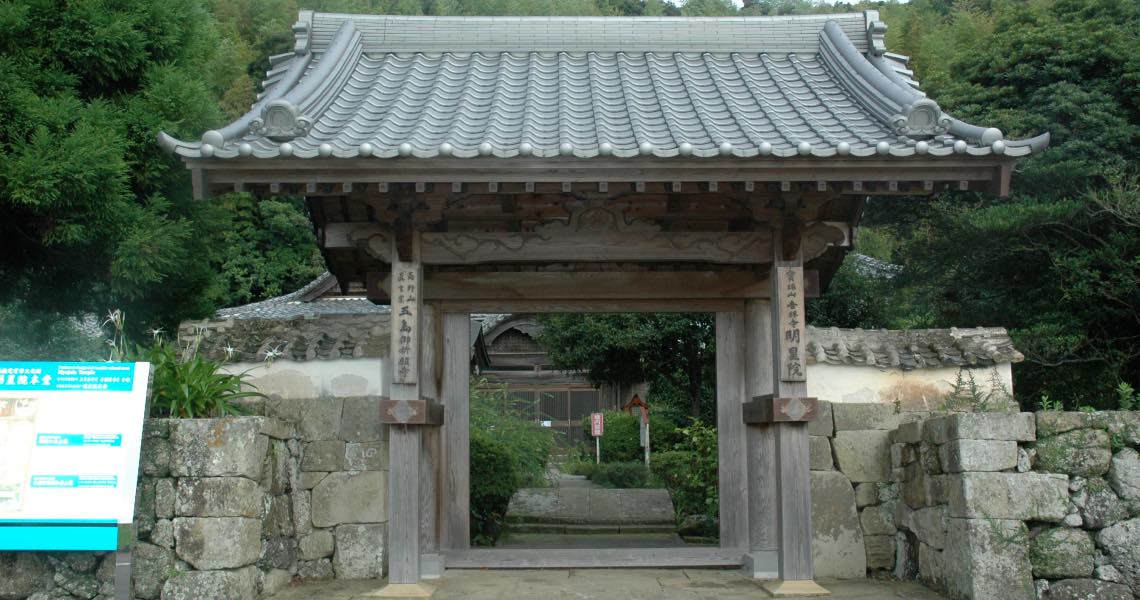
Myojoin Temple
The oldest wooden structure on the Goto islands, named by the monk Kobo-Daishi Kukai on his return from the Tang Dynasty.
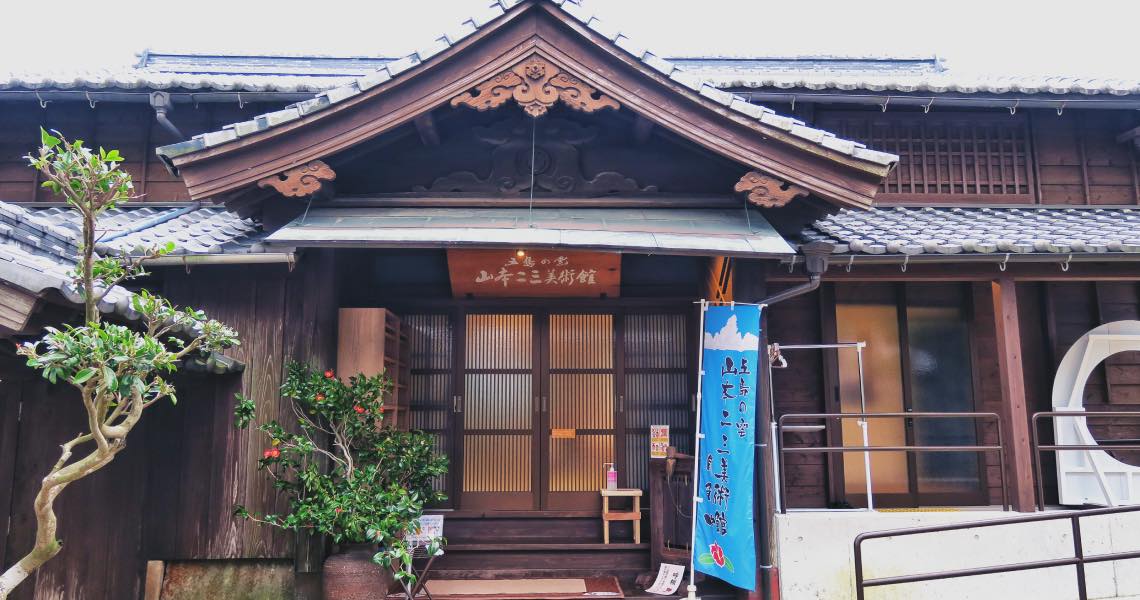
Nizo Yamamoto Museum of Art
Exhibits the works and art of Goto native art director Nizo Yamamoto, creator of films such as Castle in the Sky and Princess Mononoke.
nature

Mt. Onidake
A natural volcano now covered in wild grass. Although the mountain has an observatory, it also serves as a natural planetarium at night, offering glimpses of the cosmos that the city could not.
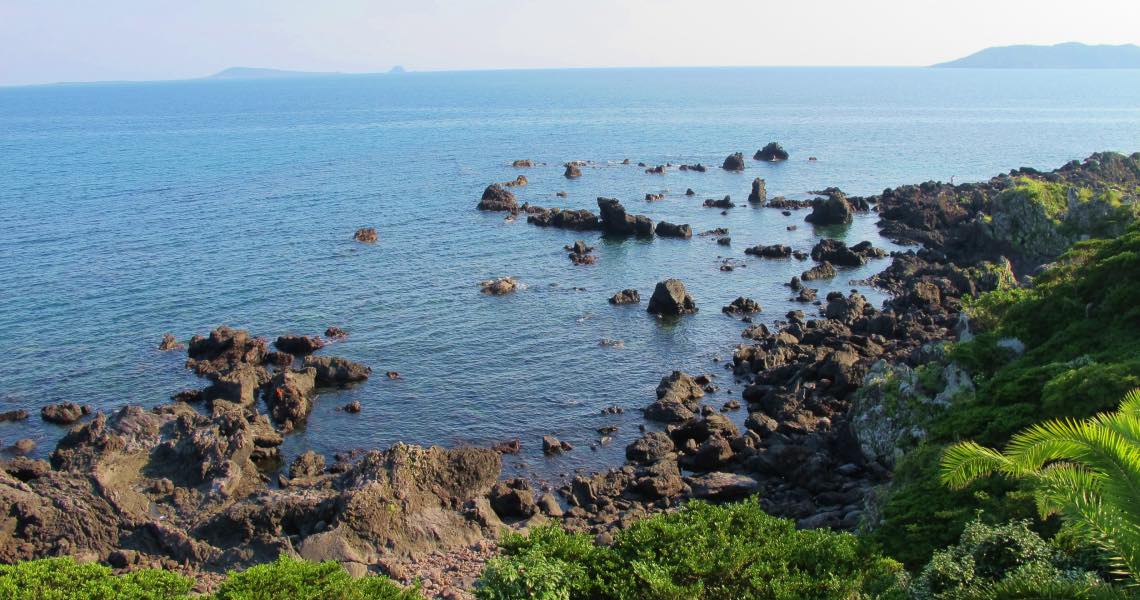
Abunze Lava Coast
The result of Mt. Onidake’s lava, the sight of this dynamic land born of the volcano as it meets the sea recalls a sight prehistoric.

Takahama Beach
Brilliant white sand and crystal clear shallow waters, there are few beaches in all of Japan that can hope to match this jewel.
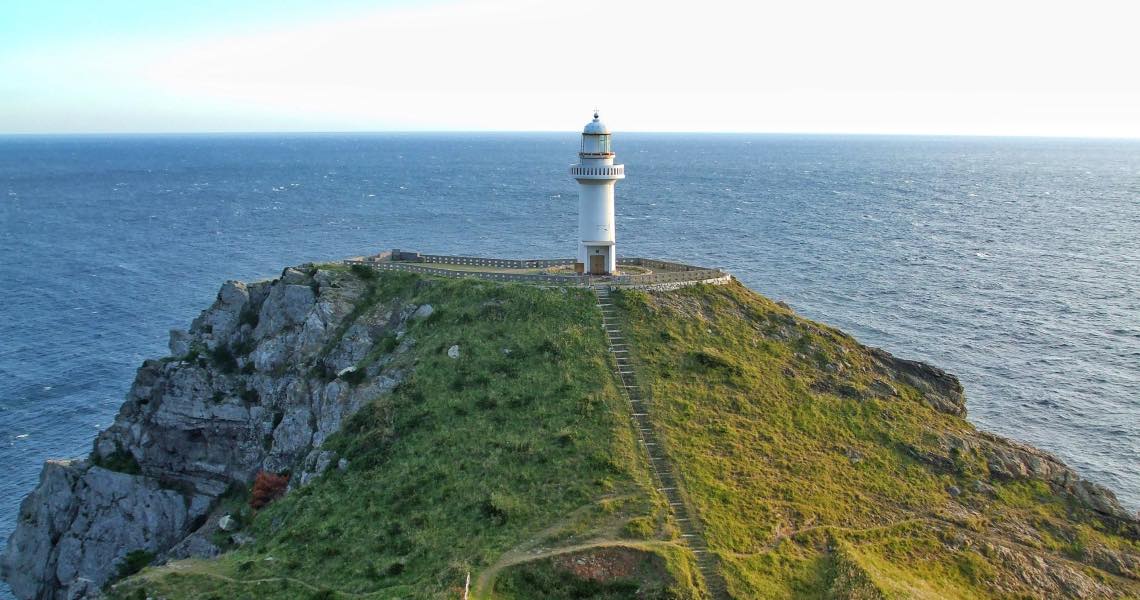
Osezaki Lighthouse
With a view of the cliffs created by millenia of wind and water, this lighthouse is incredibly popular as a spot to watch the sunset.
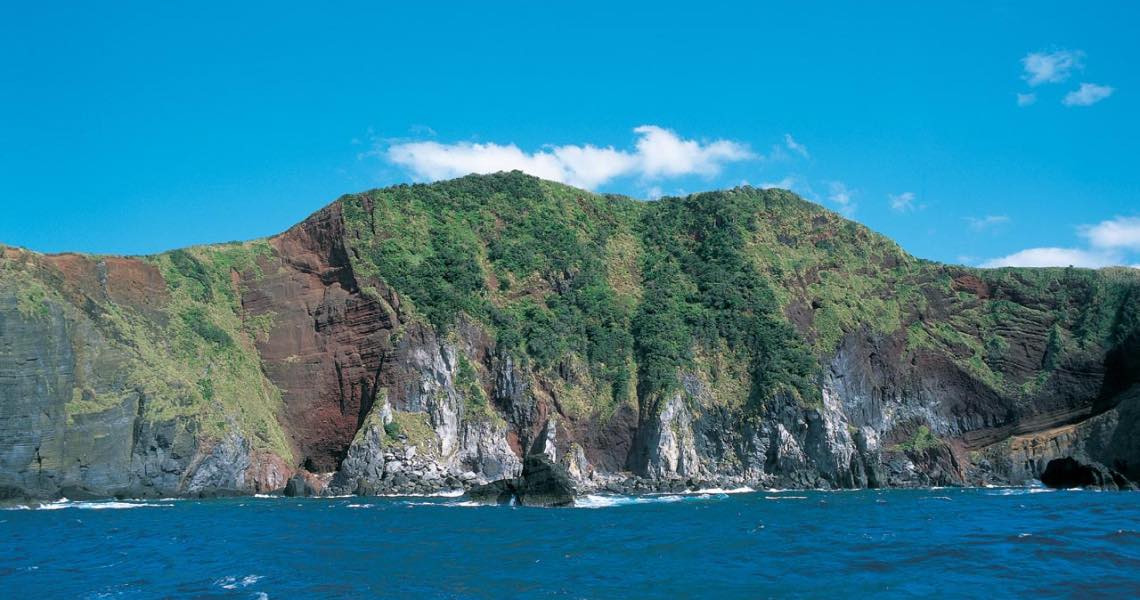
Saga Island
Born from volcanic magma, this island can be reached from Fukue Island by boat, and it’s unspoiled and rarely explored land holds many churches.
relax
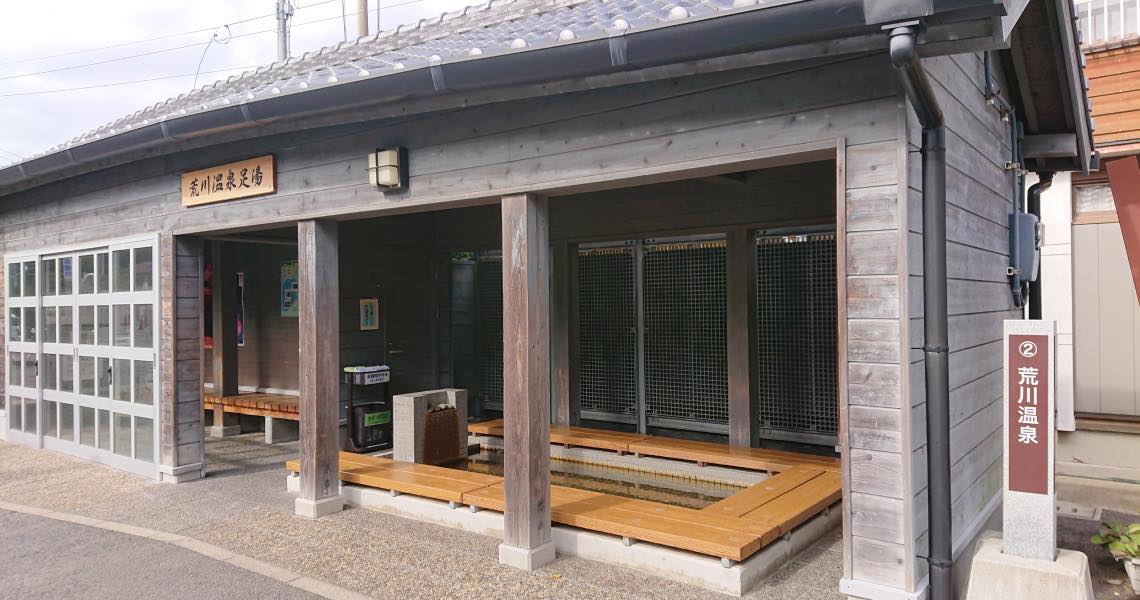
Arakawa Onsen
A bathing facility beloved by the locals. Men and women young and old gather here to experience the true essence of a simple island life.

Tomie Onsen Center Tasshaka Land
A local bathing facility equipped with hot springs, open air baths, sauna, and cold baths. A favorite spot among the locals.
activity
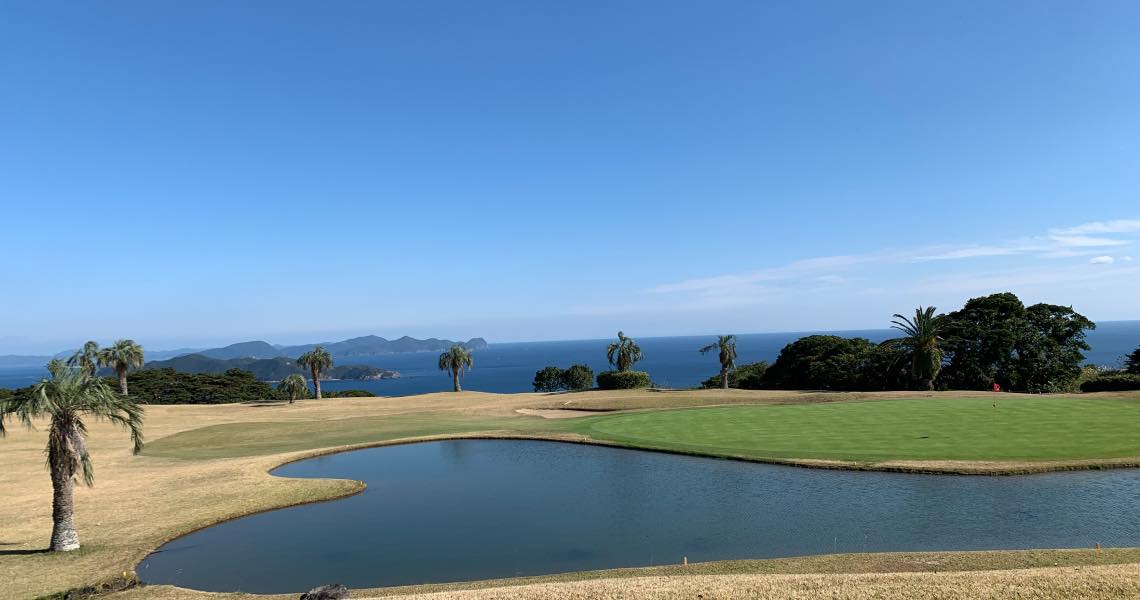
Goto Country Club
The only golf course on the Goto Islands. Enjoy your golfing experience on the greens–nearly all of which overlook the ocean.
Kamigoto
Made of seven inhabited and sixty uninhabited islands, Kamigoto offers a stunning landscape of unmarred nature and crystal clear waters, as well as a rich history of hardships overcome, and faith. The village of Kashiragashima and the Christians’ Cave the island holds are also World Heritage Sites, and may be reached by boat.
history & culture

The village of Kashiragashima
A village founded by those who decided to lay their roots in an uninhabited island to pursue their faith. (Prior notice required to visit)

Christians’ Cave
A cave said to have served as refuge for Christians who wished to escape their severe persecution.
Naru&Hisaka Island
Smaller islands that hold a number of sites to visit, such as the the Egami Church and Egami village, a World Heritage site and part of the Hidden Christian Sites, as well as the Old Gorin Church. Each island can be reached from Fukue Island by boat.
nature
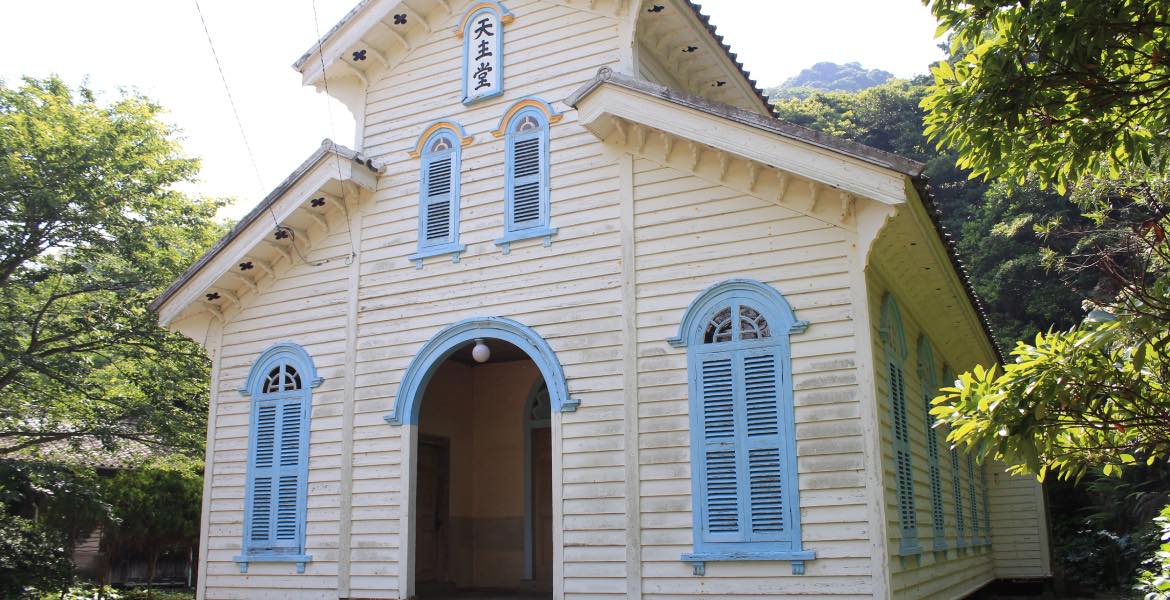
Naru Island
With a blend of rich natural beauty and beautifully built churches, Naru Island is a mixing pot of culture and history, one that can only be found in a remote island such as this.
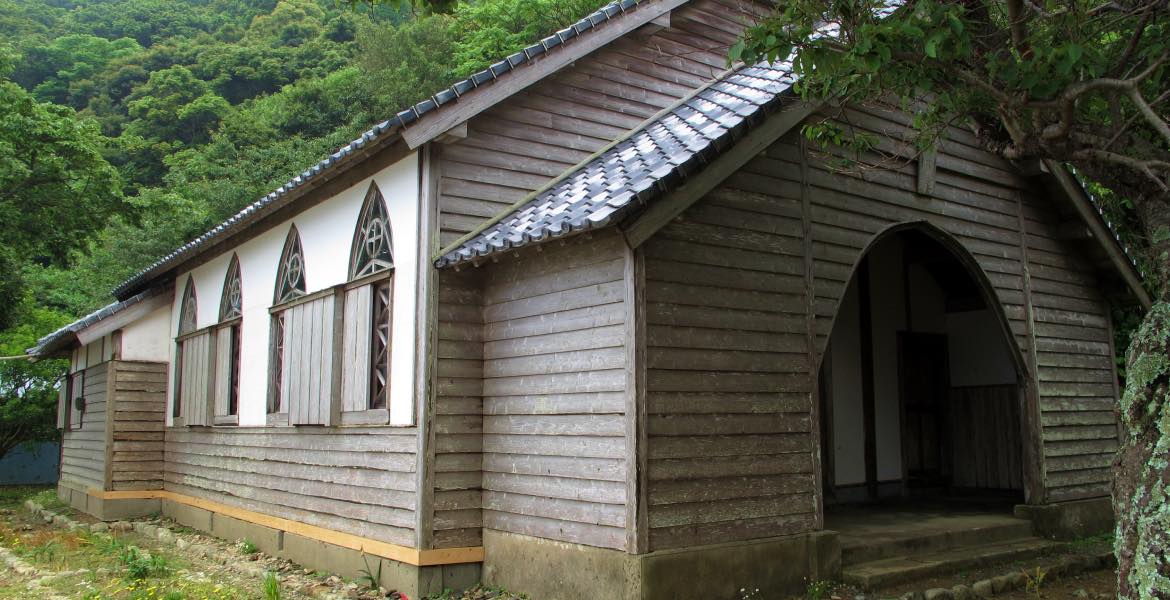
Kuga Island
An awe-inspiring wonder of nature, this horseshoe-shaped island flows free with greenery, and is home to vast swathes of Camellia flowers that have bloomed red every February of every year for centuries.
Ojika Island
At the northern tip of the Goto Archipelago lies this small island, with pristine untouched nature and unchanged villages, Ojika island is a glimpse into traditional Japan. Home to an inn run by Alex Kerr and a 100 year old printing factory, as well as Nozaki Island where Christians used to take refuge, Ojika Island is a must-visit for anyone with a touch of wanderlust.
relax
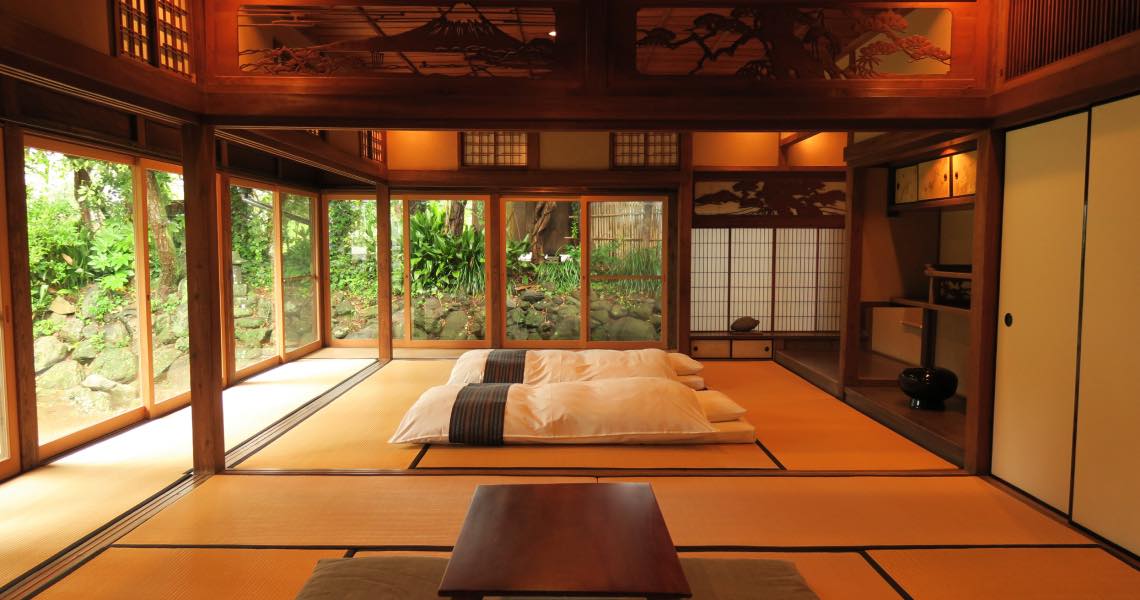
Kominka Stay
Dotted around the villages of Ojika Village are quaint and traditional Japanese houses that accommodate one guest per house, for those who wish to enjoy the traditional. Run by Alex Kerr, guests can experience what island living truly is.
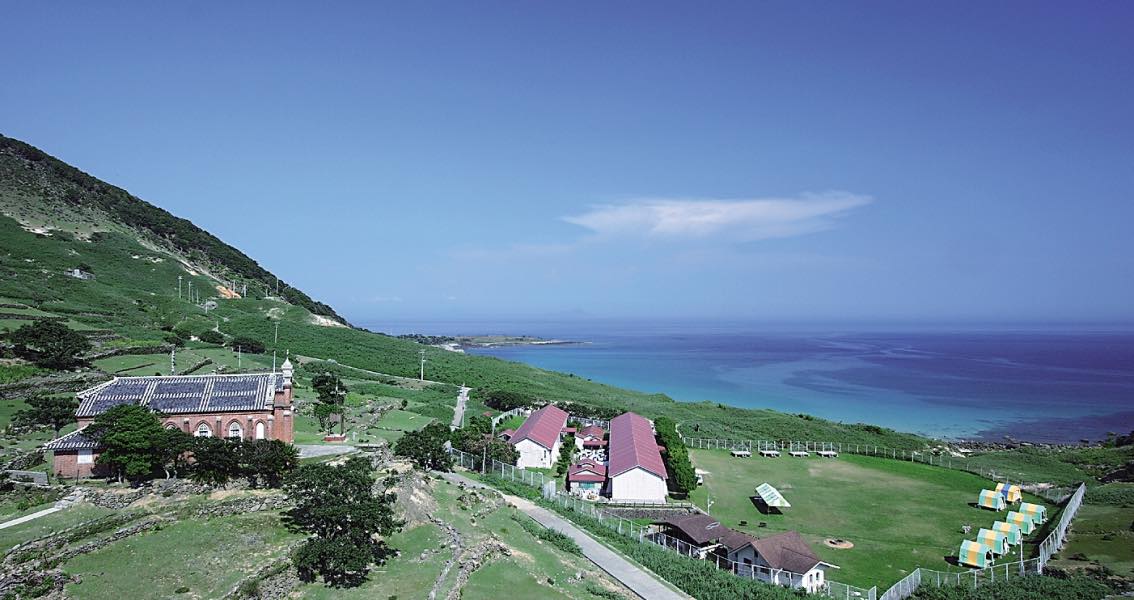
Nozaki Island
A lonely island with a current population of one person, Nozaki Island is now the site of crumbling structures and overflowing nature. In this landscape there is both the exotic, and the nostalgic.


